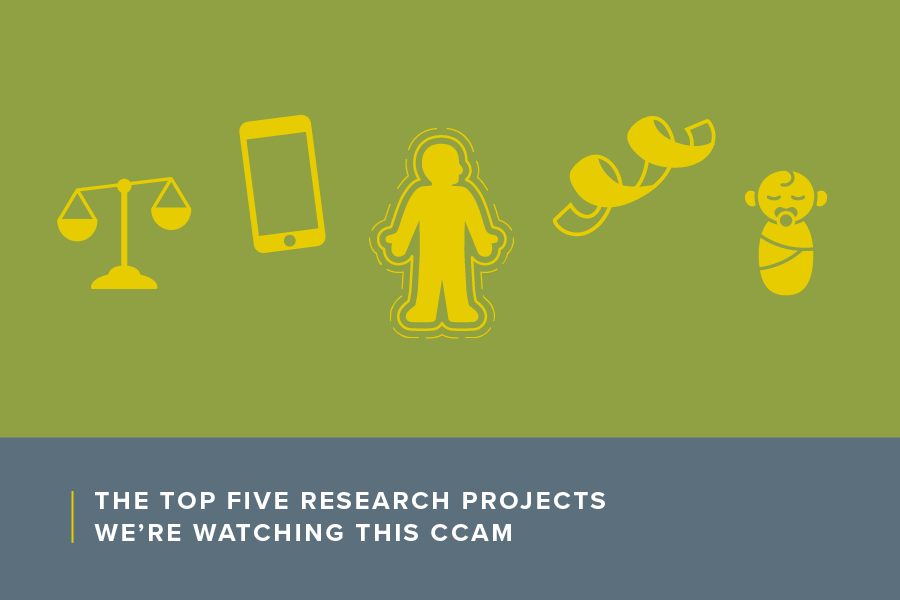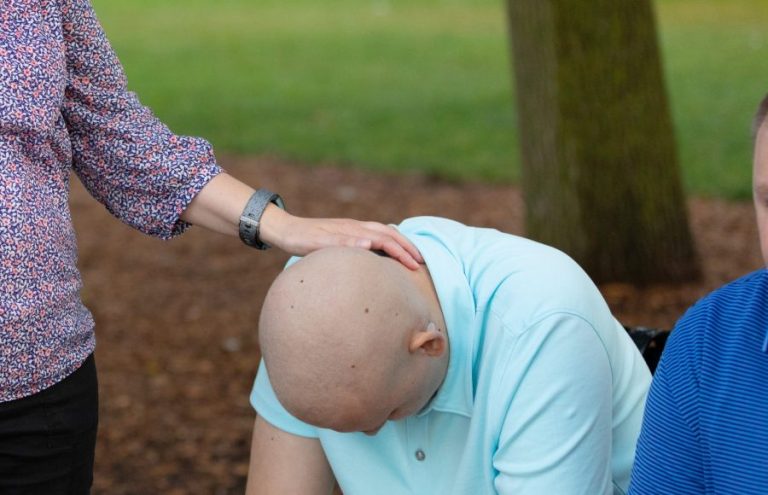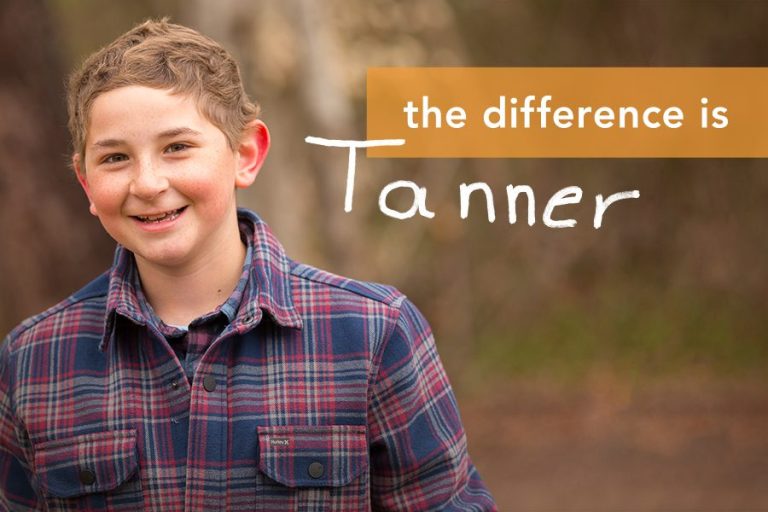This blog post was supported by our partner, Mixbook. Mixbook will be donating 100% of sales from their new CCRF collection to CCRF in September. Learn more here.
Childhood cancer is a big problem to solve – there are more than 12 types and more than 100 different subtypes of childhood cancer.
This means when it comes to solving the problem of childhood cancer – it takes all of us. It takes childhood cancer families, researchers, doctors, care teams, and communities to take steps towards better, safer cancer treatments for kids.
And thanks to you, we’re taking those steps. This Childhood Cancer Awareness Month, we’re celebrating these five research projects you helped us fund in 2022.
You allowed researchers to uncover a shocking discovery - health disparities affect us on a cellular level.
That’s what Lucie Turcotte, MD, MPH, MS discovered while examining the impact of donors’ socioeconomic status on bone marrow transplant (BMT) outcomes. “Low and behold, when someone receives stem cells from a donor who has greater socioeconomic disadvantage, they have worse survival, and they have higher risk of early transplant-related mortality. And that’s pretty striking. It’s really striking because it tells you that something that happens in that donor’s cells persists down to the stem cell level even when engrafting and dividing in a new person.”
You've helped create an app that will help families understand cancer treatment - and what comes after.
When Katie Greenzang, MD, EdM, sits with cancer families, she watches their eyes glaze over as they try to take in all the information that’s being given to them. She also witnesses families’ stress when they later return, surprised or confused by long-term side effects of treatment. To help ensure families are neither overwhelmed nor blindsided, Dr. Greenzang has created an app that will help families navigate their cancer journey.
Read more about Dr. Greenzang's work here.
You're enabling doctors to catch infant neuroblastoma earlier for better outcomes.
What if a heel prick shortly after birth could catch neuroblastoma earlier, and vastly improve outcomes? Eun Mi Jung, PhD, an epidemiologist and post-doctoral associate in the University of Minnesota Department of Pediatrics, hopes to find out.
Previous newborn screenings for neuroblastoma were discontinued because they didn’t lead to a reduction in mortality rates. But with today’s improved treatments, early diagnosis can make a huge difference. Read more about Dr. Jung’s work here.
You're helping researchers develop ways to arm the immune system to fight brain cancer.
Robert Galvin, MD, has seen lifesaving brain cancer treatments firsthand – an immunotherapy clinical trial saved his wife’s life while he was studying to become a pediatric oncologist. Today, Dr. Galvin is working to bring these kinds of treatments to kids with brain tumors – the deadliest of childhood cancers.
Read more about Dr. Galvin's work here.
You're making it possible for researchers to flip the "switch" that powers an aggressive leukemia.
Linda Resar, MD, and her lab discovered a regulatory protein, or a “switch” that powers the growth of MLL-r, a particularly aggressive form of leukemia and allows it to evade chemotherapy. Her next goal is to find a drug that can target this protein and turn it off, slowing or even stopping the growth of the cancer and making way for chemotherapy and other treatments to kill existing cancer cells.
Your donation makes research breakthroughs possible
By donating to Children’s Cancer Research Fund, you’re giving the brightest scientists the support they need to put their great ideas into practice.




